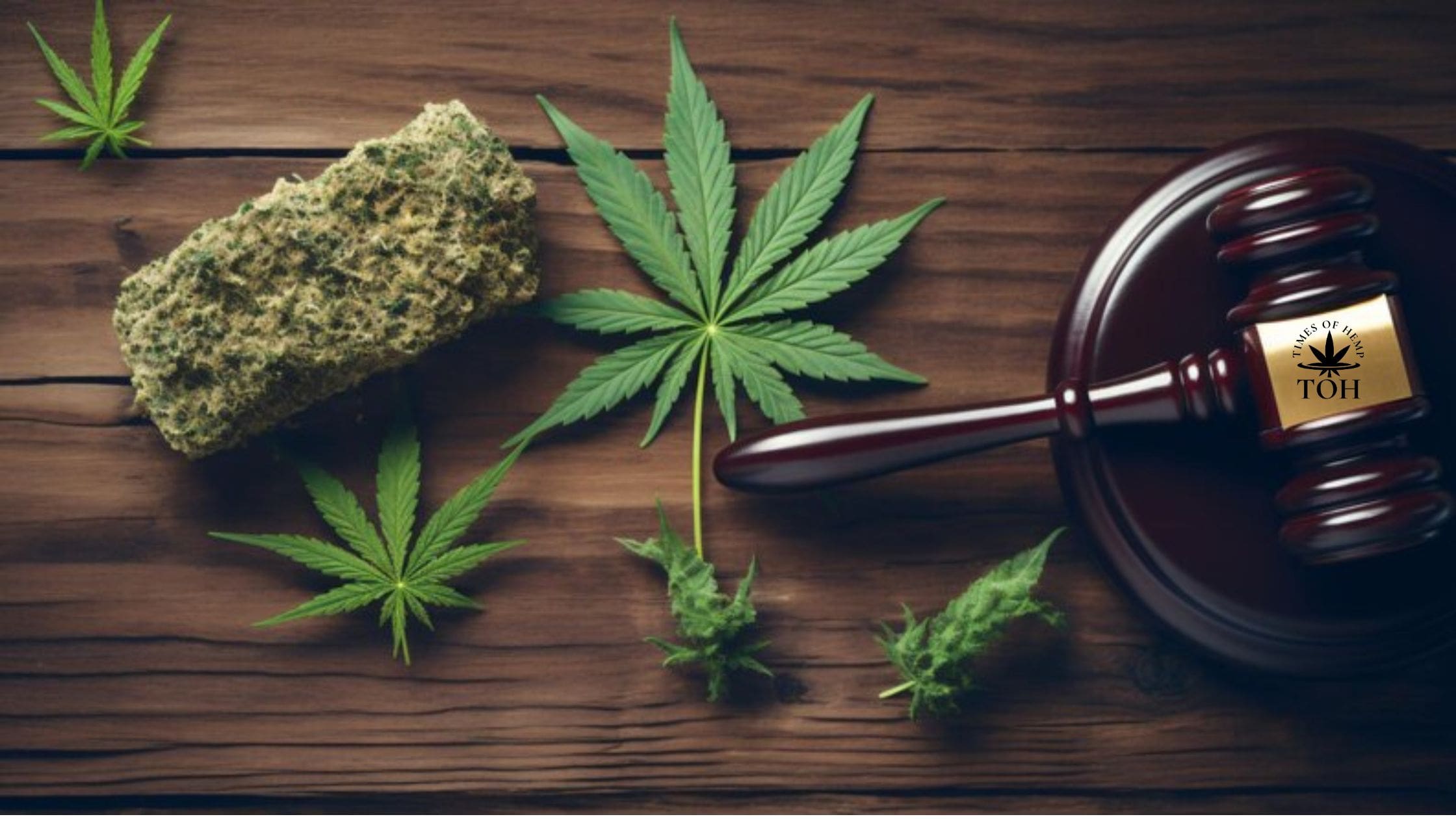What is Cannabinoid & its Uses?
Cannabinoids are naturally occurring compounds found in the Cannabis sativa plant. Of over 480 compounds in the plant, only around 66 are termed cannabinoids. The most well-known among these compounds is delta-9-tetrahydrocannabinol (Δ9-THC), which is the primary psychoactive ingredient in cannabis.
Cannabidiol (CBD) is another essential component, which makes up about 40% of the plant resin extract. The cannabinoids are separated into the following subclasses:
- Cannabigerol (CBG)
- Cannabichromene (CBC)
- Cannabidiol (CBD)
- Tetrahydrocannabinol (THC)
- Cannabinol (CBN)
- Cannabidiol (CBDL)
- Other cannabinoids, including cannabicyclol (CBL), cannabielsoin (CBE) and cannabidiol (CBT)
Differences between Cannabinoids
The primary way in which cannabinoids are differentiated is based on their degree of psychoactivity. For example, CBG, CBC, and CBD are not known to be psychologically active agents. In contrast, THC, CBN, and CBDL, along with some other cannabinoids, are known to have varying degrees of psychoactivity. The most abundant of the cannabinoids is CBD, which is thought to have anti-anxiety effects, possibly counteracting the psychoactive effects of THC. When THC is exposed to the air, it becomes oxidized and forms CBN, which also interacts with THC to lessen its impact. This is why cannabis that has been left unused will have less potent effects when smoked due to the increased CBN to THC ratio.
Effects of Cannabinoids
Cannabinoids exert their effects by interacting with specific cannabinoid receptors present on the surface of cells. These receptors are found in different parts of the central nervous system, and the two main types of cannabinoid receptors in the body are CB1 and CB2. In 1992, anandamide was discovered, a naturally occurring substance in the brain that binds to CB1. This cannabinoid-like chemical and others that were later discovered are referred to as endocannabinoids.
The effects of cannabinoids depend on the brain area involved. Effects on the limbic system may alter memory, cognition, and psychomotor performance; effects on the mesolimbic pathway may affect the reward and pleasure responses, and pain perception may change.
Disclaimer: This article is originally published on https://www.leafly.com/news/cannabis-101/list-major-cannabinoids-cannabis-effects





